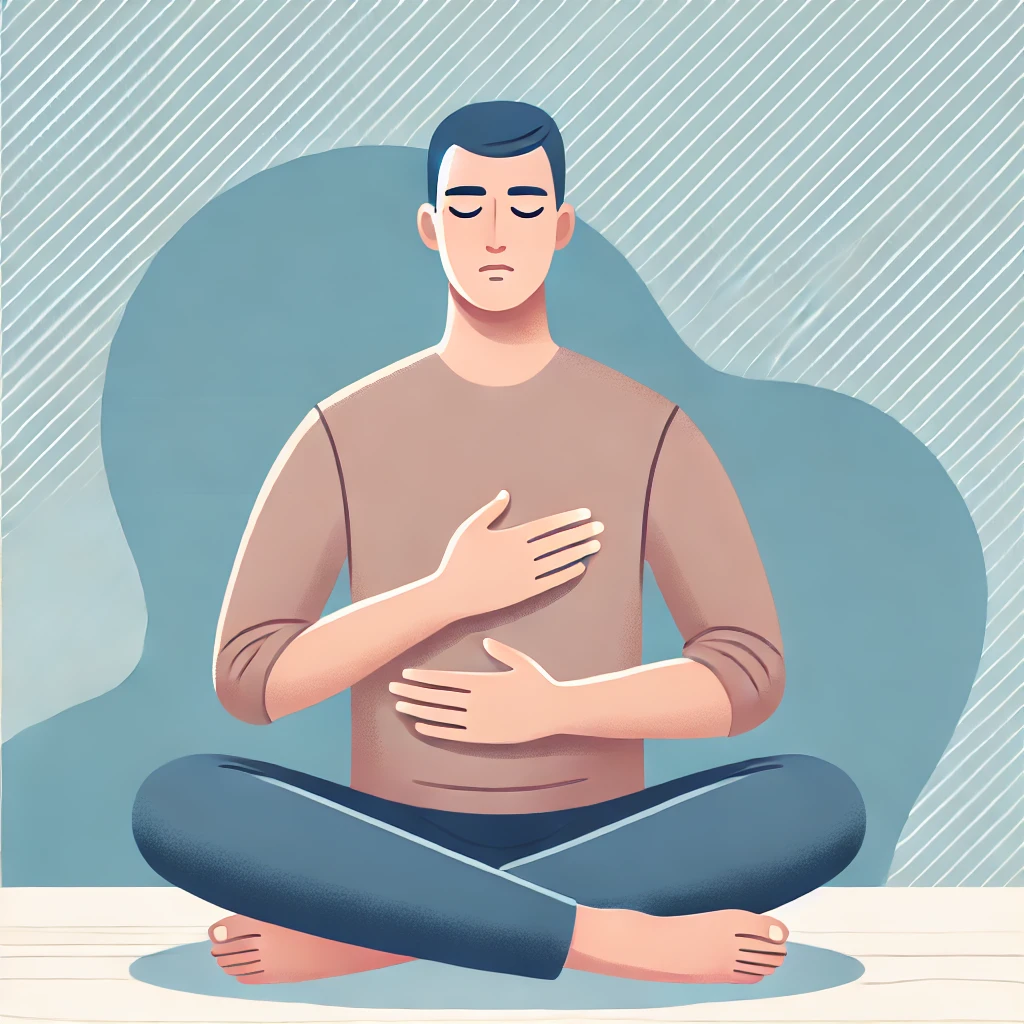Introduction: A Growing Need for Natural Pain Management
Imagine waking up every day with persistent pain but without the ability or willingness to rely on painkillers. Millions face this reality, whether due to chronic conditions, medication side effects, or a desire for a more holistic approach to health. Fortunately, pain relief without medication is possible, and science supports numerous natural methods to manage and alleviate discomfort effectively.

This article explores evidence-based, medication-free pain relief strategies, drawing on global insights while maintaining practical relevance for everyday life.
Why Consider Pain Relief Without Medication?
The Downside of Painkillers
- Long-term use of NSAIDs (like ibuprofen) can cause gastrointestinal issues and kidney problems.
- Opioids, while effective, pose addiction risks and dependency concerns.
- Many pain medications treat symptoms rather than addressing underlying causes.


Benefits of Natural Pain Management
✔ Fewer Side Effects: Natural remedies typically have minimal adverse effects compared to pharmaceuticals. ✔ Holistic Healing: These methods often address root causes rather than just symptoms. ✔ Long-Term Effectiveness: Many lifestyle changes can provide sustainable relief.
Top Natural Alternatives to Painkillers
1. Lifestyle Adjustments for Pain Management
Posture and Ergonomics
- Poor posture contributes to musculoskeletal pain. Proper ergonomics at work and home can significantly reduce discomfort.
- Actionable Tip: Use an ergonomic chair, keep screens at eye level, and take regular stretch breaks.


Quality Sleep
- Sleep deprivation intensifies pain perception. Prioritizing sleep hygiene can improve recovery and pain tolerance.
- Actionable Tip: Establish a consistent sleep schedule and avoid screens before bedtime.
2. Dietary Changes to Reduce Pain
Anti-Inflammatory Diet
- Chronic inflammation is a major contributor to pain. An anti-inflammatory diet can help manage conditions like arthritis and fibromyalgia.
- Best Anti-Inflammatory Foods:
- Fatty fish (rich in Omega-3s)
- Turmeric (curcumin has proven anti-inflammatory effects)
- Ginger, berries, and dark leafy greens
- Nuts and seeds (rich in magnesium and antioxidants)
3. Physical Therapies for Pain Relief
Acupuncture and Acupressure
- Traditional Chinese medicine practices like acupuncture stimulate nerve endings to release endorphins, reducing pain perception.
Massage Therapy
- Helps relax tense muscles and improve circulation, reducing chronic pain symptoms.
- Self-Massage Tip: Use a foam roller or tennis ball for deep tissue relief.
Yoga and Stretching
- Regular yoga practice improves flexibility, reduces tension, and strengthens muscles to support joints.
- Beginner-Friendly Yoga Poses for Pain Relief:
- Child’s pose (for back and hip pain)
- Cat-cow stretch (for spinal flexibility)
- Reclining twist (for lower back pain relief)

4. Herbal and Natural Remedies
Turmeric and Curcumin
- Curcumin, the active compound in turmeric, is a powerful anti-inflammatory agent.
- Tip: Combine with black pepper for better absorption.
CBD (Cannabidiol) for Pain Relief
- Emerging research shows CBD may help reduce chronic pain, especially neuropathic and inflammatory pain.
Essential Oils for Pain Relief
- Lavender, eucalyptus, and peppermint oil have muscle-relaxing and pain-relieving properties.
- How to Use: Dilute essential oils with a carrier oil and apply to sore areas.
5. Mind-Body Techniques for Pain Management
Meditation and Mindfulness
- Studies suggest mindfulness reduces pain perception by altering how the brain processes pain signals.
- Simple Practice: Focus on your breath for 5-10 minutes daily to enhance relaxation.
Biofeedback Therapy
- Teaches individuals to control physiological functions like heart rate and muscle tension, reducing chronic pain symptoms.


Frequently Asked Questions (FAQs)
1. Can natural pain relief methods completely replace medication?
- For mild to moderate pain, yes. Severe pain may still require medical intervention, but natural methods can complement treatment.
2. How long does it take for natural remedies to show results?
- Some, like massage and acupuncture, provide immediate relief, while dietary changes and lifestyle adjustments take a few weeks.
3. Are these methods scientifically backed?
- Yes! Many studies confirm the effectiveness of yoga, acupuncture, dietary changes, and meditation in pain management.
4. What’s the best diet for chronic pain?
- A diet rich in Omega-3s, antioxidants, and whole foods while avoiding processed sugars and trans fats.
5. How can I incorporate these methods into daily life?
- Start small: 10-minute yoga stretches, turmeric tea, ergonomic adjustments, and guided meditation can make a significant difference.
Conclusion: A Holistic Path to Pain-Free Living
Pain relief without medication is not just a possibility but a reality backed by science and centuries of holistic practice. By integrating natural remedies, lifestyle modifications, and mindfulness techniques, individuals can effectively manage pain without reliance on pharmaceuticals.
What’s your experience with natural pain relief? Share your thoughts in the comments below!
Reference:
- Harvard Health on Pain Management
- National Center for Complementary and Integrative Health
- World Health Organization (WHO) on Traditional Medicine
Ready to Stay Ahead? Bookmark our guide Technology and AI for updates!

